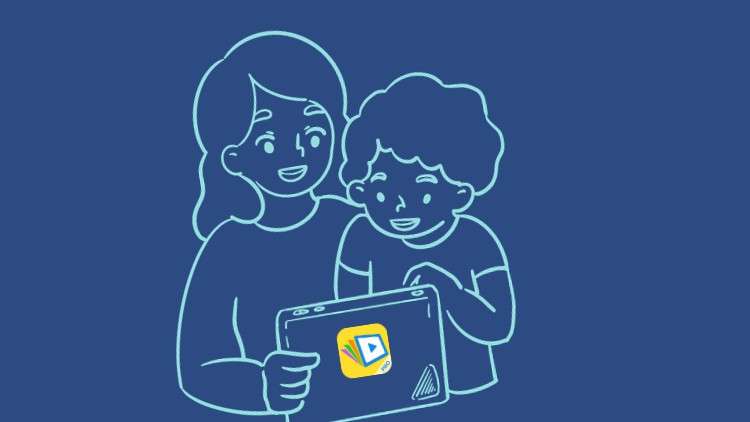
Introduction to Visual Scene Display VSDs and Use of Scene and Heard Pro
What you will learn
Introduction and history of Visual Scene Display
The Key Component of a Visual Scene Display
Visual Scene Display Using Scene and Head Pro
Different way to Use Visual Scene displays
Description
This course will offer you an introduction to the history, use, and principles of Visual Scene Displays (VSDs), a specific Alternative and Augmentative Communication (AAC) approach that utilises images or photographs representing real-life environments or scenes.
In this course, we will outline the history of the approach, and then cover the key features of using visual scene displays including considerations for how to create visual scenes. In addition, we will use the app, Scene & Heard Pro, to demonstrate the approach and then showcase over 20 examples of how visual scene display apps can be used – covering video visual scenes, transition to literacy, schedules, cause and effect, and other key communication approaches.
The following key concepts will be explained and demonstrated:
-Video visual scene displays
-Transition to literacy for decodable and sight words
-Using visual scenes for supported reading
-Creating linked scenes and using multimedia within scenes
-Just in time programming
Visual scene displays can be used across the lifespan by people who benefit from support for their communication using photos of their actual environment and routine. The approach may be chosen where the use of symbol or text-based AAC is not possible.
This course is suitable for beginners in the field of AAC, parents, and families.
Content